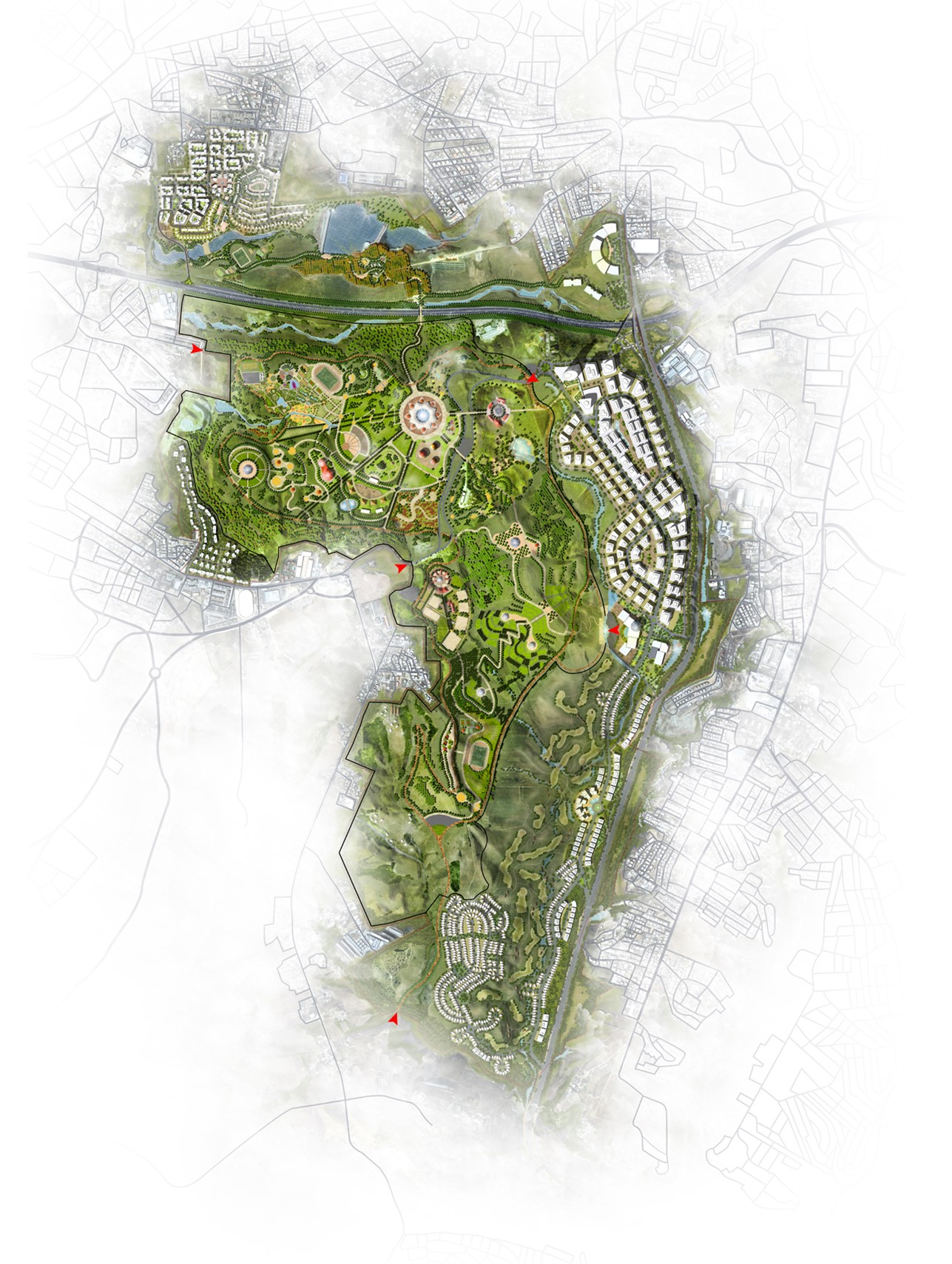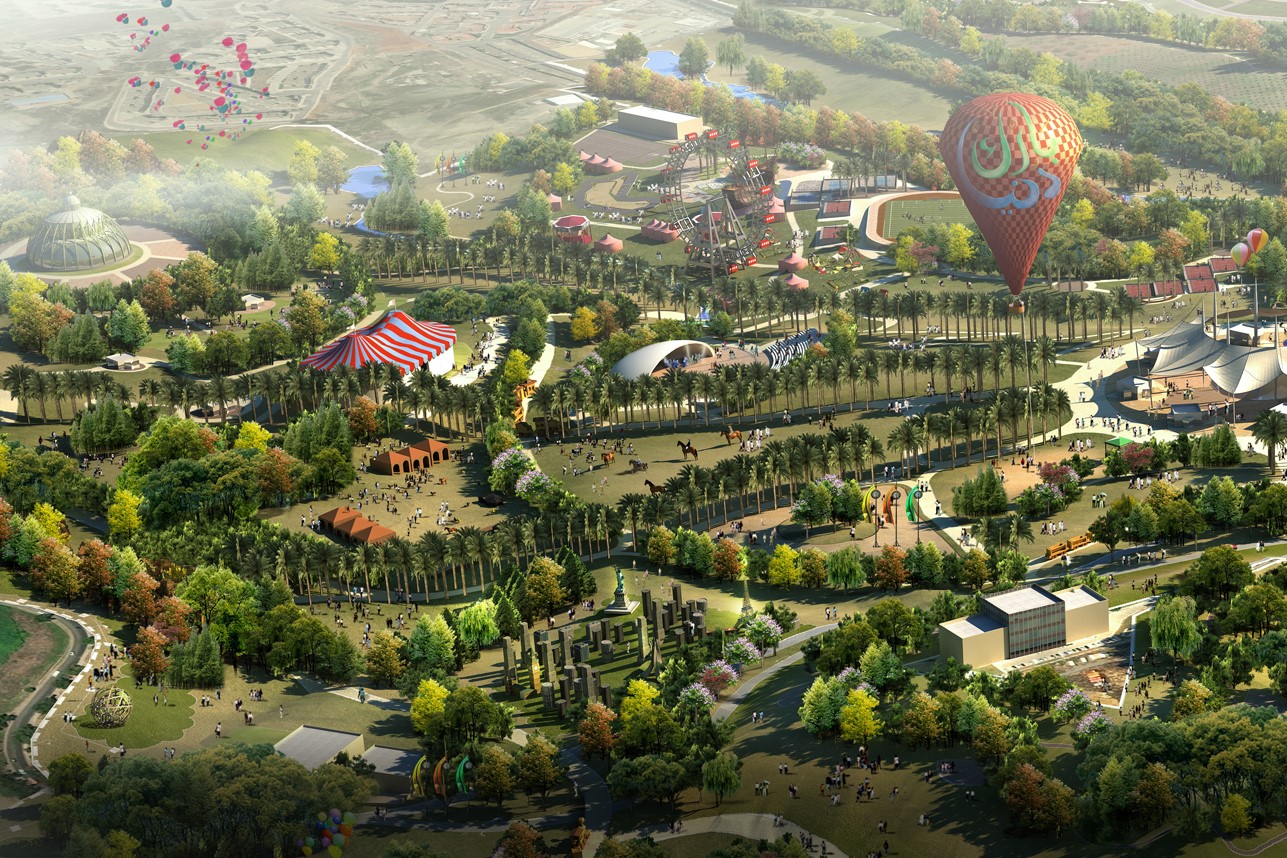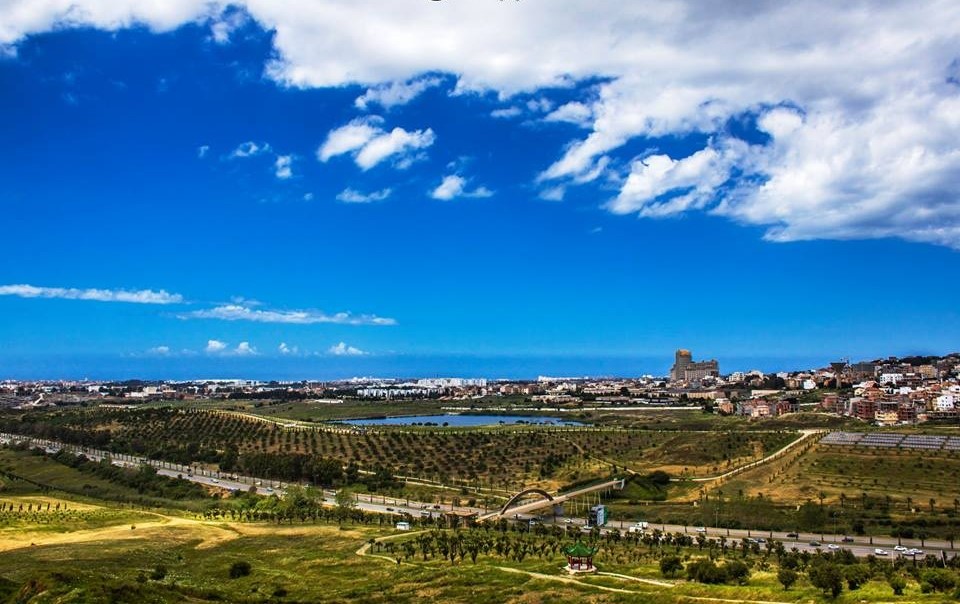
Close

Approach Words: Environment Preservation, Sustainability, Urban Livability
Public Policy Instruments: Organization, Physical Intervention, Planning, Regulatory
The Dounya Park Project is a major environmental and cultural development project1 in Algiers, located in the Dely Ibrahim neighborhood. Initiated on December 15, 2011,2 3the project envisions a “world-class central park designed to highlight Algeria’s rich environment diversity to the world”.4
The project serves as a leisure, educational, and ecological hub, aligning with broader sustainability and biodiversity conservation efforts and the Spanish Cooperation Strategy. Key goals include:5

Title: A master plan detailing the layout and design of Dounya Park.
Source: Click Here

Title: A 3D rendered view illustrating the project's final phase, showcasing the overall vision.
Source: Click Here

Title: An update on the current progress and developments within Dounya Park.
Source: Click Here

Title: Part of the architectural styles used within the park.
Source: Click Here
Covering 800 hectares, the Dounya Park Project is divided into:6
To implement these objectives, the project includes the following components:

Owner/Developer (Public)

Owner/Developer

Contractor/Implementer
The project integrates both traditional and modern ecological practices, ensuring long-term environmental and economic benefits,13 particularly through the cultivation of Mediterranean crops like olive trees and cork-oak forests. Additionally, the park features energy-saving installations and water-efficient irrigation techniques and eco-friendly resource management systems for promoting conservation and minimizing environmental impact.14
The project is led by the Algerian Ministry of Environment and Land Management, in partnership with the Islamic Culture Foundation, and local and international consultants, such as the Architecture and Agronomy Studio led by Teresa Gali and architect Manuel Ocaña,15 and the Environmental Department of the Government of Andalusia, providing Mediterranean trees for the initial afforestation efforts.16
The implementation is structured in phases, with the first phase focusing on tree plantation and landscape development.17
Project Link
https://www.facebook.com/DouniaParc/?locale=ar_AR
Endnotes
N.A.
References